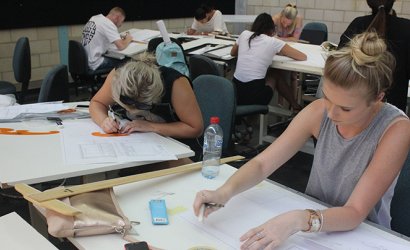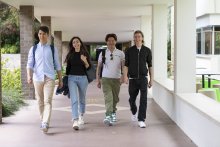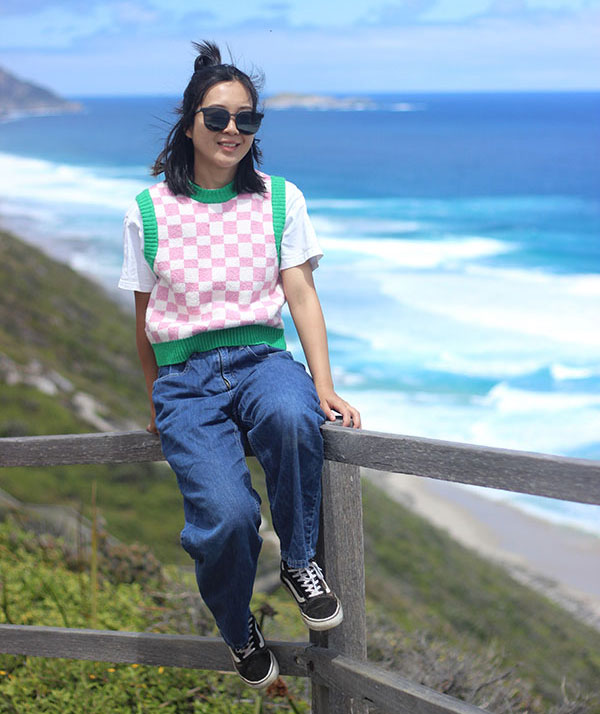

Why choose this course?
Elevate your creative skills with this qualification. Develop your talent and knowledge in selected areas of visual art and craft, with options to focus on painting, print media, ceramics, sculpture and digital art. You will have the opportunity to refine these skills in studio classes designed to bring your ideas to reality.
This course enables you to take on complicated art projects with a developed skill set and knowledge of various materials and mediums.
During your studies you will be exposed to state of the art facilities and an inspiring environment, right in the heart of Perth’s Cultural Centre, home to the Art Gallery of WA(opens in a new tab), Perth Institute of Contemporary Arts (PICA)(opens in a new tab) and many other smaller galleries.
A successful career in visual arts will require you to promote yourself and look outside the square when it comes to gaining employment. You can work on small or large scale public art projects or work as a freelance artist. You can also combine your studies with other courses and become a teacher or work in arts administration.
This course is superseded. You can still enrol in this course, and you will be contacted if you need to transition into the next version when it is available.
When choosing a course, it's important to think about the key skills and knowledge you'll need, as well as how you'll be assessed. Take a look at this information and consider if you might face any challenges in meeting the course expectations and requirements.
- Creativity, imagination and artistic skill
- Dedication, confidence and self-motivation
- Happy to develop promotion and business skills, as most artists are self-employed in a very competitive industry
-
An IELTS score (academic) of 6.0 with no band score less than 5.0 or equivalent.
-
Completion of CUA41320 Certificate IV in Visual Arts is required for entry into this course.
There may be further semester intakes available for enrolment. You can view any further intakes when you submit your online application(opens in a new tab).
For information about pathways from TAFE to university, view our Pathways to university page.
How to apply
Apply to study at TAFE in six steps:
- find a course;
- check entry requirements;
- submit an application;
- accept your offer and pay;
- apply for your student visa; and
- receive your visa and come to Australia for your studies.
TIWA Course Guide
A guide to studying at TAFE in Western Australia, including study options, facilities and campus locations!
Download study area guide(opens in a new tab)
Contact us(opens in a new tab)
TAFE International Western Australia (TIWA) is the Registered Training Organisation (RTO) and Commonwealth Register of Institutions and Courses for Overseas Students (CRICOS) provider, for the delivery of training to international students, enrolled in a TAFE course in Western Australia. This nationally recognised course is delivered by a Western Australian TAFE college on TIWA's behalf. TIWA retains responsibility for the quality of the training and assessment delivered by the TAFE colleges and for the issue of certification documentation to students.


